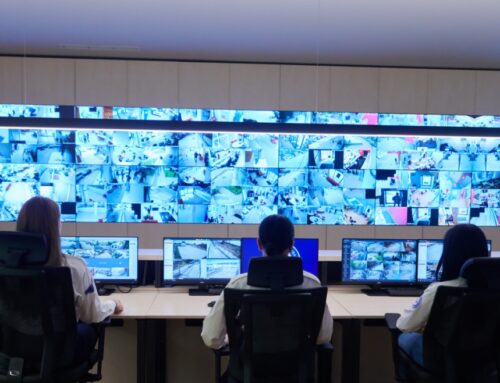
As the world becomes increasingly digitized, many companies are adopting a virtual work environment. Working remotely has its benefits, such as reduced overhead costs and increased flexibility. However, it also presents a unique set of challenges, particularly in managing employee performance. In this blog post, we’ll discuss the various aspects of managing employee performance in a virtual environment and provide tips to ensure success.
SETTING EXPECTATIONS
The first step in managing employee performance is setting clear expectations. Employees need to know what is expected of them, and how their performance will be evaluated. In a virtual environment, it’s essential to establish communication channels that are convenient for both managers and employees. This includes email, video conferencing, chat, and other forms of communication.
Establishing regular check-ins and meetings can also help set expectations and ensure everyone is on the same page. During these meetings, managers can provide feedback, discuss goals, and answer any questions employees may have. These regular check-ins can also help employees feel more connected to the company and reduce the risk of isolation.
MEASURING PERFORMANCE
Measuring performance in a virtual environment can be more challenging than in a traditional office setting. However, there are several metrics that managers can use to evaluate performance. These metrics can include:
- Quality of work – Managers can evaluate the quality of work by reviewing completed projects and assignments. This can be done through feedback and tracking progress.
- Timeliness – Employees need to meet deadlines and submit work on time. Managers can track this by monitoring project deadlines and using time tracking software.
- Communication – Communication is vital in a virtual environment. Managers can evaluate communication by tracking response times, participation in meetings, and overall responsiveness.
- Productivity – Managers can evaluate productivity by tracking the number of tasks completed, hours worked, and the overall efficiency of the employee.
FOSTERING A POSITIVE WORK CULTURE
A positive work culture is essential in any work environment. In a virtual environment, it can be more challenging to foster a positive work culture, as employees are not physically together. However, there are several strategies that managers can use to create a positive work culture.
One strategy is to promote work-life balance. In a virtual environment, it can be difficult to separate work and personal life. Managers should encourage employees to take breaks, limit their work hours, and take time off when necessary.
Another strategy is to create a sense of community among remote employees. This can be done by organizing virtual events, such as team building exercises, happy hours, or other activities that encourage social interaction.
ENCOURAGING EMPLOYEE DEVELOPMENT
In a virtual environment, it’s important to encourage employee development. This can include providing training opportunities, mentorship, and access to resources that can help employees develop their skills and advance their careers.
Providing training opportunities can help employees improve their skills and stay up-to-date with the latest industry trends. Mentoring can also help employees gain valuable insights and learn from experienced professionals. Managers can encourage employee development by identifying potential areas for growth and providing the necessary resources.
PROVIDING FEEDBACK
Feedback is crucial in any work environment. In a virtual setting, it’s essential to provide regular feedback to ensure employees are on track and understand their role within the company. Managers should aim to provide both positive and constructive feedback regularly.
Positive feedback can be as simple as recognizing a job well done or praising an employee for their efforts. This can be done through email, video conferencing, or other forms of communication.
Constructive feedback should be provided in a supportive and non-threatening manner. Managers should avoid criticism and instead focus on identifying areas for improvement and providing actionable steps to address them.
CONCLUSION
Managing employee performance in a virtual environment presents unique challenges. However, with the right strategies, managers can ensure employees are productive, engaged, and motivated. Setting clear expectations, measuring performance, providing feedback, encouraging employee development, and fostering a positive work culture are all critical components of managing employee performance in a virtual environment.
One key takeaway is the importance of communication. In a virtual environment, communication is critical for setting expectations, measuring performance, providing feedback, and creating a positive work culture. Managers should establish regular check-ins, meetings, and other communication channels to ensure everyone is on the same page.



